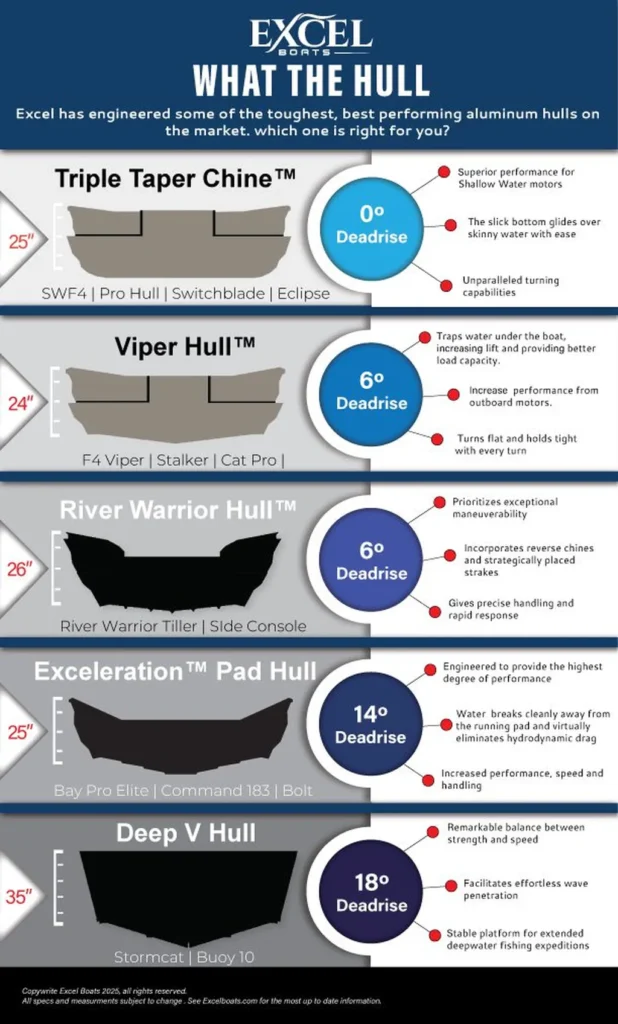In a recent study published in the Polish Maritime Research journal, also known as Polish Maritime Research, researchers have delved into the hydrodynamic performance of distributed propulsion systems for shallow-draft inland vessels. The lead author, Martin Jurkovic from the University of Žilina in Slovakia, explored how different hull shapes and propulsion configurations can impact thrust, power absorption, and overall efficiency.
Distributed propulsion systems, which involve multiple propulsion units spread across a vessel, are gaining traction in the maritime industry due to their potential for improved maneuverability and efficiency, especially in shallow waters. Jurkovic’s research focused on three distinct propulsion configurations and their interaction with different hull geometries at a constant speed of 3 m/s.
The study found that a pontoon-shaped hull with a matching propulsion configuration offered the best performance. “The pontoon-shaped hull with the corresponding propulsion setup demonstrated superior thrust-to-power ratios and hydrodynamic efficiency,” Jurkovic noted. This configuration could be particularly beneficial for vessels operating in restricted draft areas, such as rivers and canals, where traditional propulsion systems may struggle.
The research also highlighted the importance of integrating hydrodynamic and performance criteria into the design of distributed propulsion systems. Jurkovic and his team presented a comprehensive design graph to aid ship designers in selecting the most suitable propulsion configurations for specific vessel types. This could lead to more efficient and cost-effective vessel designs, ultimately benefiting the maritime industry.
For maritime professionals, the findings offer practical guidelines for optimizing distributed propulsion layouts. As the demand for efficient and environmentally friendly vessels grows, the insights from this study could pave the way for the development of next-generation inland vessels. The study also underscores the value of computational fluid dynamics (CFD) simulations in the design and optimization of propulsion systems.
In summary, Jurkovic’s research provides valuable insights into the hydrodynamic performance of distributed propulsion systems. By understanding the interplay between hull shape and propulsion configuration, ship designers and operators can make informed decisions that enhance vessel performance and efficiency. As the maritime industry continues to evolve, such studies will be crucial in driving innovation and sustainability.

